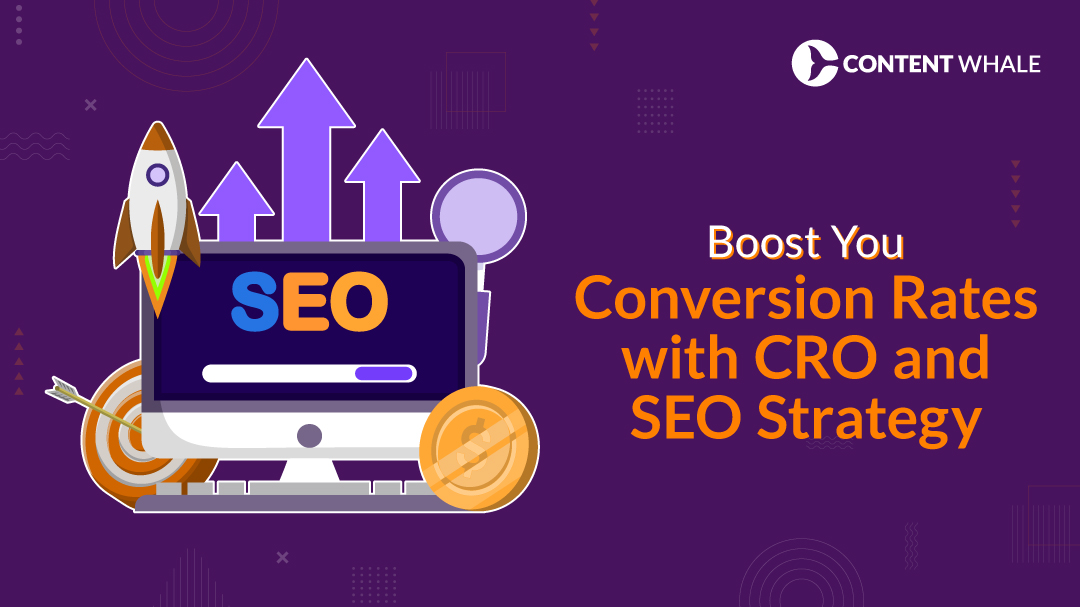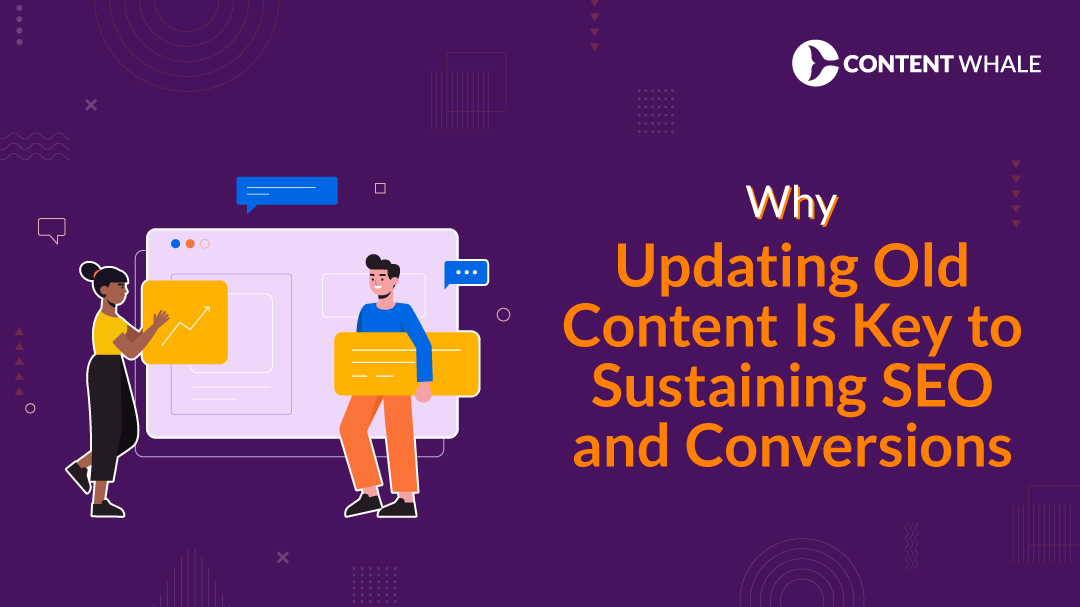CRO and SEO strategy. Today, aligning conversion rate optimisation (CRO) and search engine optimisation (SEO) strategies is crucial for maximizing online success.
While SEO focuses on driving organic traffic, CRO ensures that the visitors convert into leads or customers.
The synergy between CRO and SEO can significantly improve user experience, streamline the customer journey, and boost conversion rates.
This blog will dive into how integrating CRO and SEO strategies can help you maximize your website’s potential, covering key tactics, alignment strategies, tools, and common pitfalls to avoid.
What is CRO and Why Does it Matter for SEO?
Conversion rate optimization (CRO) involves refining a website to increase the percentage of visitors who complete a desired action, such as filling out a form or making a purchase.
CRO focuses on enhancing user experience, simplifying navigation, and creating engaging content that encourages conversions.
On the other hand, SEO (search engine optimisation) is about increasing a website’s visibility in search engines to attract more organic traffic.
Aligning CRO with SEO is crucial because while SEO brings in traffic, CRO ensures that the traffic converts.
By creating a seamless user experience through optimized content, design, and functionality, you can significantly improve conversion rates, making the most of the traffic generated by your SEO efforts.
Key CRO Tactics to Improve Conversion Rates
To maximize your conversion rate, employ the following CRO tactics:
- A/B Testing for Design and Copy Improvements
Regularly conduct A/B testing to determine which design elements and content resonate most with users. This testing method helps identify what drives higher conversions, allowing for data-backed decisions.
- Optimizing Calls to Action (CTAs)
Your CTAs should be clear, urgent, and action-oriented. Use persuasive language and position CTAs prominently to drive user engagement and prompt conversions.
- Importance of Fast-Loading Landing Pages
Page speed significantly affects both CRO and SEO. Fast-loading pages reduce bounce rates and improve user experience, leading to higher conversions. Use tools like Google PageSpeed Insights to identify areas for improvement.
- Streamlining Forms for Lead Generation
Long forms can deter users from completing actions. Keep forms short, ask only for essential information, and provide options like autofill to improve the user experience and increase conversion rates.
How SEO Affects CRO: Ensuring Optimized Traffic
SEO ensures that your website attracts targeted traffic, which is more likely to convert. Here’s how:
- On-Page SEO Elements Impact User Experience (UX)
Optimizing title tags, meta descriptions, and header tags not only improves search engine visibility but also enhances user experience, leading to higher conversion rates.
- Importance of Keyword Intent in Content Alignment
Understand user intent and target keywords that match what your audience is searching for. When content aligns with user needs, it increases the chances of conversion.
- Using Structured Data to Enhance Search Rankings and CTRs
Implementing structured data helps search engines understand your content better, which can lead to rich snippets and improved click-through rates, making it easier for users to find the information they need quickly.
Strategies to Align SEO and CRO for Maximum Results
Integrating CRO and SEO strategies can provide a significant boost to your website’s performance. Here’s how to align these strategies for optimal results:
- Aligning Keyword Strategy with Conversion-Focused Landing Pages
Choose keywords that not only drive traffic but also have a higher likelihood of conversion. Create dedicated landing pages tailored to these keywords, ensuring that the content addresses the users’ pain points.
- Using SEO Data to Inform CRO Experiments
SEO data can reveal your most visited pages, high-bounce pages, and traffic sources. Use this information to run CRO experiments aimed at increasing engagement on these pages.
- Creating High-Converting Content with SEO and CRO Principles
Craft content that is both search-engine-friendly and conversion-oriented. This means incorporating keywords while also making sure the content is engaging, informative, and actionable.
- Mobile Optimisation: Ensuring Fast, User-Friendly Experiences on Mobile
With mobile traffic accounting for a significant portion of web visits, your site should be optimized for mobile users. Responsive design, fast loading times, and intuitive navigation are key factors in improving mobile conversions.
Tools to Optimize CRO and SEO Together
Several tools can help you monitor and optimize CRO and SEO metrics:
- Google Analytics
Use Google Analytics to track user behavior, site speed, and conversion paths. It provides insights into which SEO-driven traffic sources are performing best for CRO.
- Heatmaps (e.g., Hotjar)
Heatmaps visually display user behavior on your site, helping identify areas that get the most attention and those that are being ignored. This information can inform A/B tests and other CRO initiatives.
- A/B Testing Platforms (Optimizely, VWO)
These platforms allow you to run experiments to see what changes result in higher conversions. Integrate SEO data, such as most visited pages, to prioritize which pages to test first.
Common Mistakes in CRO and SEO Alignment and How to Avoid Them
Aligning CRO and SEO requires a balanced approach. Here are common mistakes to watch out for:
- Focusing Only on One Metric (Traffic vs Conversions)
It’s not just about driving traffic or boosting conversions individually; both should work together. Optimize for keywords that not only attract traffic but also convert well.
- Ignoring User Intent in Keyword Research
Keyword research should go beyond search volume; it should factor in the intent behind searches. Choose keywords that align with what users are ready to convert for.
- Over-Optimisation for Search Engines at the Cost of User Experience
Avoid keyword stuffing or overly aggressive SEO tactics that detract from the content’s readability and engagement. Always prioritize user experience while implementing SEO strategies.
- Neglecting Regular Audits of Landing Pages and Their Performance
Regularly review landing pages to ensure they are optimized for conversions and incorporate the latest SEO best practices.
Conclusion
Aligning CRO and SEO strategies provides a powerful way to boost your website’s conversion rates while driving relevant traffic.
By focusing on both driving traffic and optimizing user experience, you create a seamless customer journey that encourages conversions.
Continuously test, measure, and refine your strategies to ensure ongoing improvements in your site’s performance.
Looking for an SEO hack? An SEO strategy to boost your web traffic? Talk to an expert, now!
FAQs
1. How does CRO impact SEO?
Conversion rate optimization (CRO) can significantly influence SEO by improving user engagement metrics such as bounce rate, time on site, and pages per session. When a site is well-optimized for conversions, visitors tend to engage more, spend more time exploring the content, and are less likely to leave immediately.
These positive user behavior signals indicate to search engines that the site provides value, potentially leading to higher rankings. Furthermore, CRO-driven improvements like faster load times and simplified navigation also contribute to better SEO performance.
2. What are the most effective CRO strategies for lead generation?
Effective CRO strategies for lead generation include A/B testing to find the best-performing design and content variations, optimizing calls to action (CTAs) for clarity and urgency, and streamlining forms to reduce friction.
Improving landing page load times is another critical tactic, as faster pages tend to retain users better. Personalizing content to match user segments and using social proof, such as customer testimonials, can further boost credibility and encourage lead conversions.
3. How can I use SEO data to improve my conversion rates?
SEO data can provide valuable insights into how visitors interact with your site, which can be used to optimize for conversions. For example, identifying high-traffic pages with low conversion rates can help you target areas for improvement, such as refining CTAs or enhancing content relevance.
Bounce rate, keyword intent, and user flow data can also reveal opportunities for conversion rate optimization. By aligning content with search intent and user expectations, you can make your site more effective at converting visitors into leads or customers.
4. What tools should I use for CRO and SEO optimization?
There are several tools that can help you optimize both CRO and SEO effectively. Google Analytics is essential for tracking user behavior and conversion metrics, while heatmap tools like Hotjar provide insights into how visitors interact with your website.
For A/B testing, platforms such as Optimizely and VWO allow you to experiment with different variations to determine what converts best. Additionally, SEO tools like SEMrush help monitor keyword rankings and organic traffic, enabling you to adjust strategies for both SEO and CRO.
5. Why is mobile optimisation crucial for improving conversion rates?
Mobile optimisation is crucial because an increasing number of users access websites via mobile devices, making mobile performance a significant factor in user experience.
A site that is not optimized for mobile may have slow load times, poor navigation, or display issues, leading to higher bounce rates and lost conversions. Responsive design, fast page speeds, and intuitive navigation are essential elements of mobile optimisation.
By ensuring your website is mobile-friendly, you provide a seamless experience that can significantly boost conversion rates.





